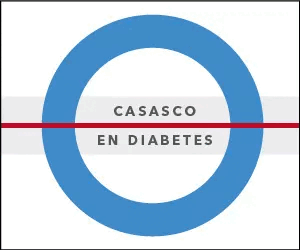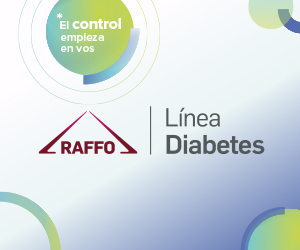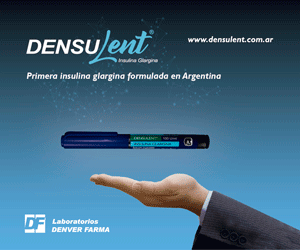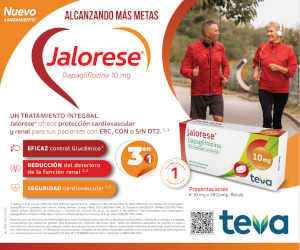P48 Metabolic results after bariatric surgery in patients with type 2 diabetes and obesity
DOI:
https://doi.org/10.47196/diab.v54i3Sup.434Keywords:
metabolic results, bariatric surgery, type 2 diabetes, obesityAbstract
Introduction: In type 2 diabetic and obese patients it is frequently difficult to achieve weight and metabolic control goals with lifestyle changes and pharmacotherapy and sometimes accomplished by bariatric surgery (BS).
Objectives: to evaluate metabolic effects of BS in a diabetic and obese population.
Materials and methods: 56 patients were evaluated preoperative and postoperative (BS). Personal background, anthropometric measurements, blood pressure, body mass index (BMI), hemogram, hepatogram, glycemia, lipid profile, HbA1c and renal function were analyzed.Statistical analysis: Student’s and Mann-Whitney-Wilcoxon tests were applied. Spearman correlation coefficient was calculated. Values expressed in average ± standard deviation. Significant p< 0,05.
Results: The sample consisted of 35 female and 21 male with a mean age of 52±9,6. One anastomosis gastric bypass (OAGB) was performed in 29 patients and laparoscopic Roux en-Y gastric bypass (LRYGB) in 27. Pre and postoperative data was analyzed. Postoperative data with a time lapse between 3 to 79 months, average of 31.6. In the preoperative period 52% received insulin, 77% metformin, 23% IDPP4, 100% antihypertensive drugs and 69% lipid lowering therapies while in the postoperative group only 7% were still treated with insulin, 14% metformin, 11% IDPP4, 54% antihypertensive drugs and 31% lipid lowering therapies. During the follow up BMI decreased from 43,87±9,99 kg/m2 in preoperative period to 29,48±5,82 kg/m2 in postoperative period (p<0,0001). There were not significant differences in blood pressure. Regarding metabolic parameters a significant difference was observed: Glycemia (mg/dl) 149±58 vs 101±21(p<0,0001); HbA1c 8,14±2,5% vs 5,86±1,09(p<0,0001); Triglycerides (TG) (mg/dl)159±68 vs 106±60 (p< 0,0001); TG/HDL: 4,11±2 vs 2,14±1,45 (p< 0,0001); HDL(mg/dl) 41±10 vs 53±13(p<0,0001); no HDL(mg/dl) 140±39 vs 122±37 (p 0,007); uric acid 5,44±1,47 vs 4,74±1,04(p 0,0004). There was significant correlation between
time in months after surgery and TG (r 0,27 p 0,04) TG/HDL (r 0,34 p 0,01) levels. Statistical significant reduction was found in favor of OAGB vs LRYGB regard of BMI (p 0,02), TG (p 0,01), total cholesterol (p 0,01) y no HDL (p 0,03). Hypoglycemia was found in 3,5% post BS and anemia in 14,28%.
Conclusions: As seen by other authors we found enhancement with BS in BMI, metabolic parameters and less use of medications. There were not significant differences in blood pressure levels.
Downloads
Published
How to Cite
Issue
Section
License

This work is licensed under a Creative Commons Attribution-NonCommercial-NoDerivatives 4.0 International License.
Dirección Nacional de Derecho de Autor, Exp. N° 5.333.129. Instituto Nacional de la Propiedad Industrial, Marca «Revista de la Sociedad Argentina de Diabetes - Asociación Civil» N° de concesión 2.605.405 y N° de disposición 1.404/13.
La Revista de la SAD está licenciada bajo Licencia Creative Commons Atribución – No Comercial – Sin Obra Derivada 4.0 Internacional.
Por otra parte, la Revista SAD permite que los autores mantengan los derechos de autor sin restricciones.

































